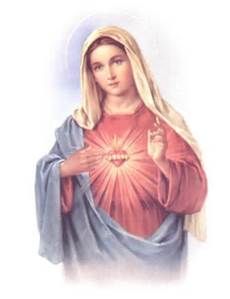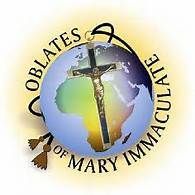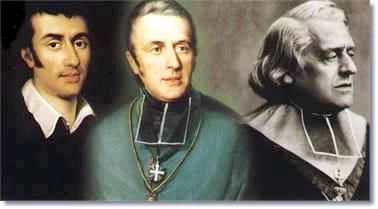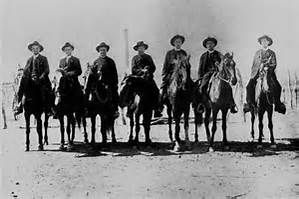Missionary Oblates of Mary Immaculate
About the Missionary Oblates of Mary Immaculate
An international apostolic religious congregation of priests and brothers dedicated to proclaiming Jesus Christ the Savior and His Kingdom to the poor and most abandoned. In professing vows of chastity, poverty, obedience and perseverance, they dedicate their lives in service to Christ and His church.
They model their lives after the community of the Apostles with Jesus. Therefore, fulfill their mission in and through the community to which they belong. They strive daily through the Eucharist, the Word of God, and the Liturgy of the Hours, meditation and examination of conscience to renew themselves and become a visible sign of the Savior’s love in the world
Mary Immaculate is their patroness and mother. In her, they find an example of faith, service and evangelization.
Saint Eugene De Mazenod, O.M.I (1782-1861) is the founder of the Missionary Oblates of Mary Immaculate. He was born into an aristocratic family in southern France shortly before the French Revolution, and experienced the exile and devastation of that time. After a conversion, Eugene entered a seminary in Paris and was ordained a diocesan priest in 1811.
Seeing the state of the Church and of the people, he chose to work with the poor and the rejected, to preach missions and to organize a youth association to “…lead people to act like human beings first of all and then like Christians and finally, …saints.” The task was so vast that he soon gathered other priests to join him and in 1816 started the “Missionaries of Provence.” Within ten years, this group developed into what is now the Missionary Oblates of Mary Immaculate. Saint Eugene’s mission today has extended from France to nearly seventy countries around the globe. Over 4,000 Oblates carry forward the missionary vision of St. Eugene.
Bishop Eugene DeMazenod sends Oblates to Texas
St. Eugene was ordained in 1811 at the age of 29. Because of his intelligence, he was asssigned to prestigious church positions. He told the bishop he felt called to work with the poor, the neglected and working class. He felt empathy for the troubled youth of France. Other priests knew of his zeal and came to live and pray with him. The small group called themselves the Missionaries of Prvocence. They were so successful in their minitry that by 1826 Pope Leo XII gave them Vatican approval and named them the Oblates of Mary Immaculate.
In 1837, Eugene De Mazenod was named Bishop of Marseilles. Soon other bishops heard of Bishop Eugene missionaries. The first missionaries went to Canada. At the time of his death in 1861, St. Eugene's congregation had grown to 416 men and had spread to ten countries.
In 1849, Bishop Jean Marie Odin, the Bishop of Galveston heard of the Oblates in Canada. Father Pierre Telmon was the Oblate pastor in Ottawa. St. Eugene had him to investigate the possibilities of a formation house in the United States.
Fr. Telmon and Bishop Odin met at a dinner in Montreal. Fr. Telmon heard of the sad situation of the Galveston Diocese and the rugged country along the Rio Grande River. His zeal for the most abondoned convinced him that this is where the Oblates ought to be. Without consulting St. Eugene, presuming his approval, he and Bishop Odin left for Texas. They traveled by river boat down the Mississippi to New Orleans and by ship to Galveston.
In the next ten years, Bishop Odin and Bishop DeMazenod exchanged many letters. The stamina and talents of the Oblates made them experts in building up the flock of Christ in tough country. Travel was done on horseback. The Oblates had their "Magnificent Seven", The Cavalry of Christ of the Rio Grande.
Galveston, Brownsville and San Antonio. The famous Father Pierre Parisot toured East Texas on horseback and later the Rio Grande River and wrote the "Reminiscences of a Texas Missionary" a popular book explaining the risk of living and ministering in Texas.
In 1859 Father Pierre Keeralum, A French contractor and architect designed and built the new Cathedral in Brownsville. Besides building churches in towns, the Oblates had a ministry to the big ranches. They would stay for a month or two baptizing, teaching, preparing first communions and blessing marriages.








